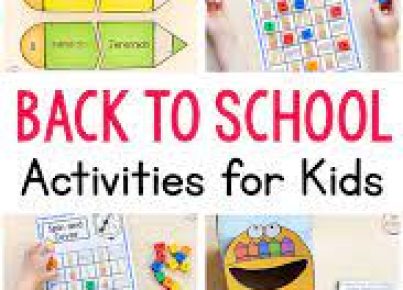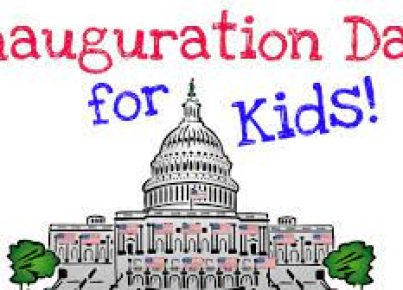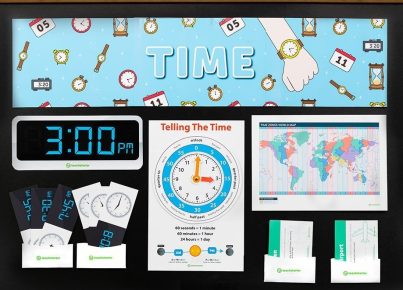Introduction:
In today’s educational system, traditional report cards often fail to fully capture a student’s growth and progress. As a dedicated educator, I believed it was crucial to find an alternative way of measuring my student’s achievements. This article delves into the creation of an alternative progress report that showcases the development of my students in a more holistic manner.
The Limitations of Traditional Report Cards:
While the conventional grading system has its merits, it ultimately falls short when assessing a student’s emotional intelligence, creativity or teamwork skills. For many children with diverse learning styles and strengths, this could result in diminished self-confidence and potential for growth.
Creating the Alternative Progress Report:
To address these concerns, I embarked on a journey to develop an alternative progress report that celebrated every student’s unique abilities and skills. The process involved both research and collaboration with fellow teachers, parents and students.
The Key Elements of an Alternative Progress Report:
1. Personal Goals: The revised progress report includes space for each student to develop personal goals based on their interests and aspirations. This approach promotes enthusiasm towards learning and encourages self-motivation.
2. Social-emotional Growth: Emphasis is placed on developing positive character traits such as empathy, resilience and communication skills. This aspect allows educators to celebrate the social-emotional growth of each child.
3. Creativity & Problem-solving Skills: By recognizing accomplishments in creative expression and critical thinking, this report acknowledges unique abilities beyond traditional academic subjects.
4. Peer Collaboration & Teamwork: The importance of cooperative learning is highlighted by including successes related to group work on the progress report.
5. Teacher’s Comments & Reflection: To foster a deeper understanding of each child’s development, teachers provide detailed insights by sharing observations, suggestions for growth and areas of improvement.
Implementing the Alternative Progress Reports:
Sharing these new progress reports with parents has been met with overwhelming positivity. Many parents appreciate the holistic approach to their child’s development and feel more engaged in their child’s learning journey. The ability to set personal goals has empowered students to take ownership of their education, leading to increased motivation and confidence.
Furthermore, emphasizing traits like teamwork, creativity and problem-solving skills has encouraged students to approach tasks with a growth mindset. This shift in perspective has transformed the classroom environment into a more cooperative and supportive space for learning.
Conclusion:
The alternative progress report has proven to be a valuable tool in facilitating a more comprehensive understanding of student growth. By focusing on personal goals, social-emotional development, creativity, teamwork and teacher observations, this progress report demonstrates that traditional grading systems can indeed be improved upon. Adopting such an approach not only benefits individual students but also promotes a healthier and more inclusive environment for all learners.




